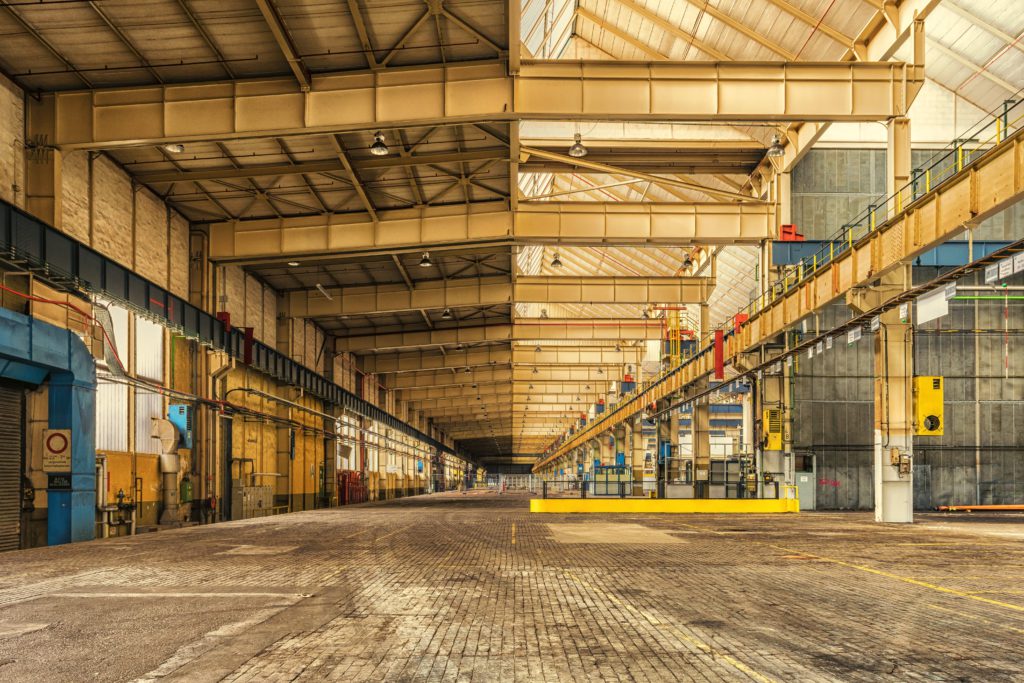In the dynamic world of modern construction, the choice of framing materials plays a pivotal role in shaping the durability, sustainability, and structural integrity of a building. Steel and traditional wood framing represent two prominent options, each with unique strengths and applications. This article explores the evolution of framing in modern construction, focusing on steel framing and steel frame walls, highlighting how they have revolutionised the industry.
The Timeless Appeal of Wood Framing
Wood has been the traditional choice for framing structures for centuries. Its widespread use can be attributed to its availability, ease of use, and versatility. Wood framing involves constructing a building’s framework using a series of wooden beams, studs, and joists, forming a sturdy and reliable structure.
However, wood framing has its limitations. It is susceptible to rot, pests, and fire, compromising a building’s longevity and safety. Additionally, as sustainability and environmental concerns have gained prominence, the demand for alternative framing materials has risen, leading to the emergence of steel framing in modern construction.
The Rise of Steel Framing
Steel framing has witnessed a steady ascent in modern construction due to its numerous advantages over wood framing. Here, we delve into the key factors contributing to the evolution of steel framing in the industry.
- Strength and Durability: Steel framing boasts exceptional strength and durability, far surpassing wood. Steel frame walls can withstand extreme weather conditions, earthquakes, and heavy loads, making them a preferred choice for commercial and industrial structures.
- Resistance to Environmental Factors: Unlike wood, steel is immune to rot, termites, and other pests that can damage structural integrity. It is also highly resistant to fire, reducing the risk of catastrophic building failures.
- Sustainability: Steel is a recyclable material, making it an eco-friendly option for framing. Steel recycling significantly reduces waste and conserves natural resources, aligning with modern construction’s sustainability goals.
- Consistency and Precision: Steel framing components are manufactured with precision, ensuring uniformity and accuracy in construction. This level of consistency is precious in large-scale projects where precision matters.
- Longevity: Steel framing can provide a longer lifespan for buildings than wood framing. This longevity reduces the need for frequent repairs and replacements, saving time and resources in the long run.
Steel Frame Walls: A Breakthrough in Construction
One of the most significant innovations in modern construction is steel frame walls. These walls represent a fundamental shift from traditional wood framing methods and have brought several transformative benefits.
- Slimmer Profiles: Steel frame walls offer smaller profiles than their wooden counterparts. This allows for more usable interior space, especially in high-rise buildings where maximising floor area is critical.
- Flexibility in Design: Steel frame walls provide greater flexibility, allowing architects to create open, airy spaces with fewer load-bearing walls. This adaptability aligns with modern architectural trends, emphasising open layouts and natural light.
- Precision and Consistency: Steel frame walls are fabricated with precision, ensuring consistency and quality in construction. This precision results in plumb, level, and square walls, reducing construction time and effort.
- Structural Strength: Steel frame walls offer exceptional strength, making them suitable for residential and commercial applications. Their resistance to shifting, settling, and warping ensures that buildings maintain their structural integrity over time.
- Energy Efficiency: Steel frame walls can be designed to accommodate high-performance insulation, improving energy efficiency and reducing heating and cooling costs.
 The Dynamic Duo: Steel and Wood Framing Combinations
The Dynamic Duo: Steel and Wood Framing Combinations
In modern construction, it’s not uncommon to see a combination of steel and wood framing. This hybrid approach capitalises on the strengths of both materials, offering a balanced solution that suits various project requirements.
For example, steel framing may be used for load-bearing structures and exterior walls, providing strength and durability. Meanwhile, interior walls and non-load-bearing elements may employ wood framing for its cost-effectiveness and ease of finishing. This combination strikes a balance between structural integrity and cost efficiency.
The evolution of framing in modern construction is a testament to the industry’s adaptability and commitment to improving building performance, sustainability, and longevity. While traditional wood framing remains viable, steel framing and steel frame walls have emerged as powerful alternatives, setting new standards for strength, durability, precision, and environmental responsibility.
